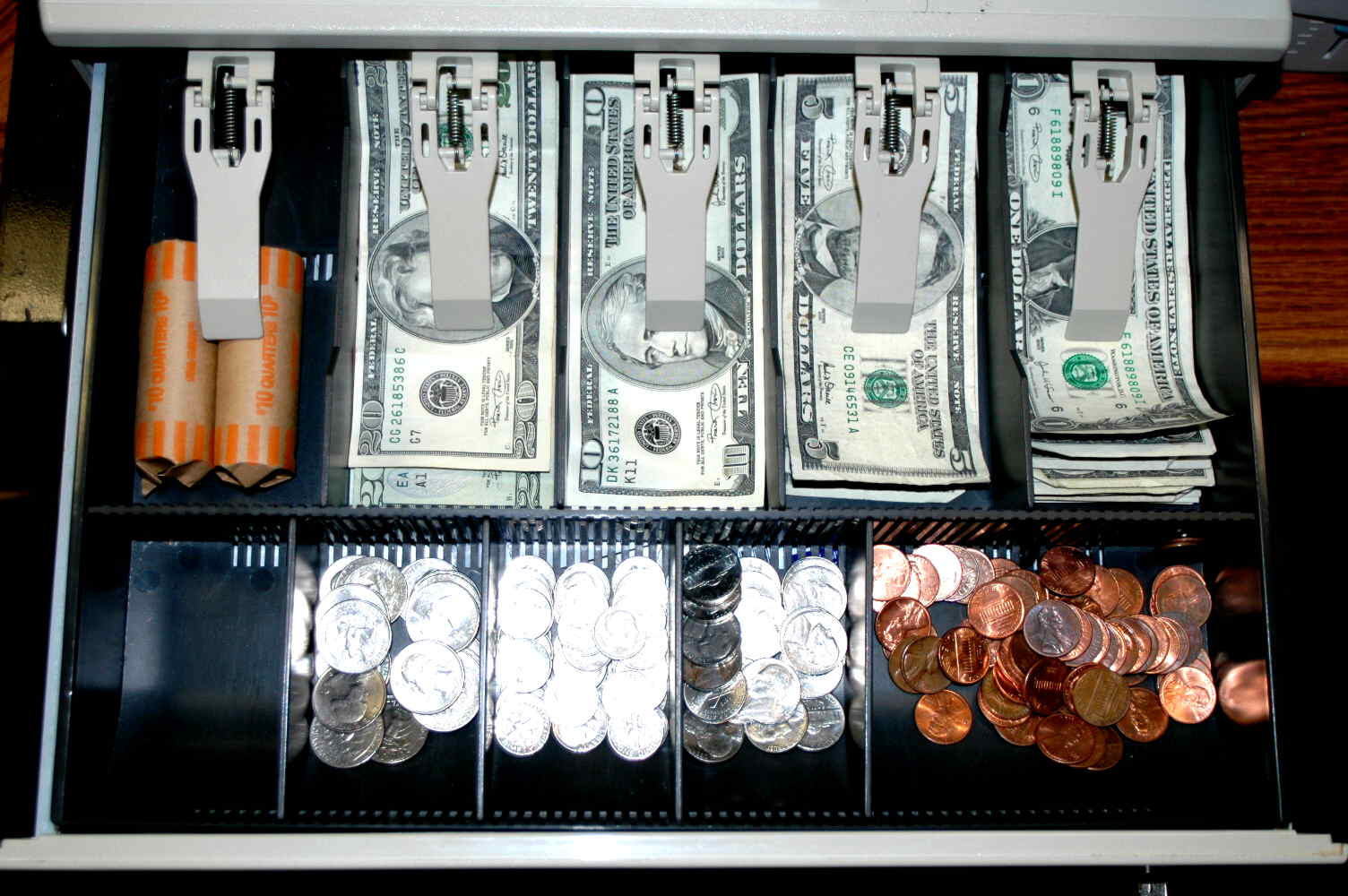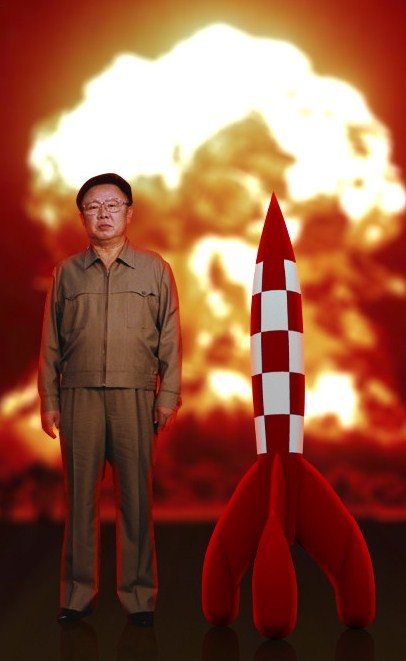
For about six weeks, from the beginning of June to the middle of July, I didn’t write a word for Economic Sociology, interrupting my steady two-posts-a-month rate. I wasn’t on vacation, but instead spending a lot of time with German doctors, trying to figure out why I suddenly couldn’t walk, sleep or eat without pain. I was sick, unable to walk a single step without holding onto something for support, and just miserable 24/7. It would have been a drag in any context, but trying to get help in a foreign language, in a country that is not exactly warmly disposed toward foreigners, made the whole situation very difficult.
One of the best parts of the experience, however, was a very small thing that made seeking medical help a lot less stressful: the segregation of the business part of a medical practice (the part that does billing and takes in payments) from the care-giving part. That means when you go to a doctor’s office, everyone from the office staff to the physician’s assistants to the doctors are focused on the same things that you are as a patient: dealing with what ails you. That’s what people in the business school world call “alignment of interests,” and it works very well in terms of minimizing the roadblocks between people in need of care and those who can provide it.
This separation of business from care in medicine also has a surprisingly comforting aspect emotionally, particularly if you’re used to a system in which the business part of medicine is inextricable from the care part. Though they are intertwined, they don’t work very well together. I think this is because, as Viviana Zelizer pointed out years ago in her article “Payments and Social Ties” (1996), the notions of “care” and “payment” are essentially antagonistic.
Probably every American has a story about the ways that the business part of a medical practice obstructed his or her ability to get care. I once knew a woman who, despite being well-insured, was harassed in her hospital bed by a billing department employee demanding to know how she–still groggy and in pain from an operation to save her life–was going to pay for her treatment; the hospital employee strongly implied that the woman would be “evicted” from her bed if she couldn’t prove that her bills would be paid. That apparently seemed like reasonable behavior to the hospital employee, “just doing her job” by looking out for the hospital’s business interests; the ethics of badgering an ill and vulnerable woman just out of surgery–in other words, the ethic of care–didn’t enter into the discussion.
For a few more–documented!–stories of this type, and an articulate, compelling discussion, check out “Health Care and Profits Don’t Mix” by Elizabeth Mika. (And try not to get mauled by a bear.)
These anecdotes do not argue against compensation for doctors–or any other caregivers, professional or otherwise. Rather, the point is that the motivations and incentives in relationships mediated by payment are often at odds with the motivations and incentives that we think are supposed to govern relationships defined by the term “care giving.” This is one reason many people have such a strong negative emotional response to the idea of paying stay-at-home spouses for their housework: the spouses are supposed to keep house, and possibly rear children, out of love and caring, not a desire to get paid; plus, there’s the fear that if stay-at-home spouses were paid, their emotional attachments to family members would deteriorate, replaced by a more impersonal employer-employee dynamic.
Back to Germany: Doctors certainly get paid for their services here, and seem to make a nice living. But when you walk into the reception area of their practices, you don’t see any apparatus for handling money: no credit card runners, no cash registers, nothing. All that is outsourced to firms located outside the doctors’ offices, often in different cities. Those outsource firms send a bill to your insurance firm, or–if you’re like me and have to pay every penny out of pocket–to you, the patient. Surprisingly, this doesn’t create the kind of snarled bureaucratic nightmare I would have expected: when I had questions about a bill from one of those outsource firms, I took the bill and the questions directly to my doctor, who called in his office assistant, and together they got on the phone with the billing firm and straightened things out for me on the spot.
This means that when you visit a doctor in Germany, the whole event is aligned around care from start to finish. That doesn’t make medicine a charitable undertaking, as some of the straw-man arguments in the US health care debate might lead you to think. Doctors here show no signs of having a forced choice between “doing well” and “doing good;” that distinction was also long held inviolate in the world of investing, and while the evidence has been around for over 15 years showing it to be a crock, it’s one of those snippets of economic ideology that seems impervious to reality.
Nor do patients face “rationing” of services in this system–apparently, the kinds of “socialized medicine” horror stories that Americans hear so often when we start talking about health care reform are drawn primarily from models like the NHS in Britian. Based on accounts from NHS patients, doctors and British politicians, that horror seems well-founded.
But not all “socialized medicine” is created equal, as it turns out. This came as a big surprise to me, child of the Reagan 80s, when I spent a year of high school in France and realized that a) it was being governed by the socialist party, and had been for some time, and b) people there had a much higher quality of life than most people I knew back in my suburban Chicago milieu. And nobody, ever, complained about the quality or availability of health care. So it wasn’t surprising to learn recently that independent studies by the United Nations and academic institutions (outside of France) ranked the French health care system the best in the world:
So this year [2008], two researchers at the London School of Hygiene and Tropical Medicine measured something called the “amenable mortality.” Basically, it’s a measure of deaths that could have been prevented with good health care. The researchers looked at health care in 19 industrialized nations. Again, France came in first. The United States was last.
Germany only made it to 12th on that list, but still–in nearly three years here, I have never heard a peep against the health care system, and certainly nothing remotely like the tragic litany of needless suffering (emotional and physical) and death that we hear in connection with the US system.
The French and German health care systems have another thing in common: they involve money (indeed, they are quite costly), but people living under both systems seem perfectly content to pay for the care they get, whether they do so out of pocket (like me) or through income taxes and health insurance premiums (like the majority). A big reason for that is quality: generally, people are willing to pay when they perceive they are getting value for their money. At the same time, in both systems as I’ve experienced them, the actual business of payment is kept physically separate from the provision of care.
I’m arguing that this segregation of business and care in medical services is not incidental to the subjective experience of quality and value on the part of the patient. Not having to deal with the “show me the money” issues up front, when you come to a doctor’s office or an ER in pain, makes a huge positive difference from a patient’s perspective. I hope that more Americans will get to test my claims for themselves, on home soil, rather than having to come to Europe to experience the enormous difference that such a simple change can make.
